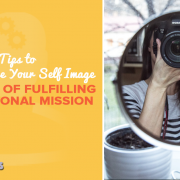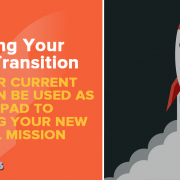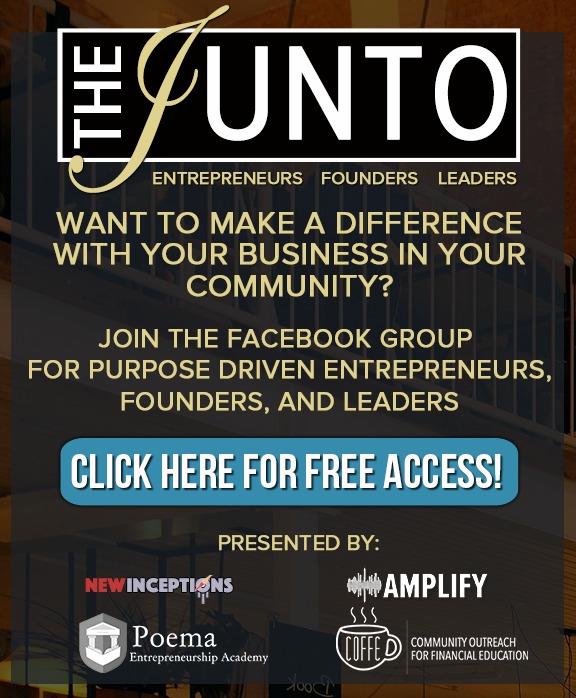6 Red Flags Telling You to Move on In Your Career: (or What to Do When You Hate Your Job)
I remember one of my favorite shows in high school was the Drew Carey Show. Yes, Drew Carey had his own sitcom before he was the host of the Price is Right and even before “Whose Line is It Anyway?”. It was really cool having a sitcom based in the midwest.
In fact, you could probably say it was a midwestern take on the show Friends.
As I remember it today, the show was built around his frustrations with life and how things simply weren’t working out the way he and his friends had hoped they’d work out.
I liked the show so much. I think it was because I could relate with Drew as a character on the show but also as the actor, himself. So when I saw his biography, I had to pick it up.
It was called Dirty Jokes and Beer: Stories of the Unrefined. And like his show, I loved that book quite a bit. Enough that I probably read it 5 times over before going to Purdue.
One quote that I can visually remember him saying in that book was this:
“My mind was a mess back then as I drove across the country [from gig to gig]. I was driving to clear my head, and all I could do was obsess on my uncertain future. It’s like you’re at a crap game, and on your biggest roll, the dice go in slow motion. For months, you watch them spin and roll and bounce around, waiting for them to land so you know if you’re a winner or a loser. Total limbo.”
During my time in college, I came to understand what he meant by this. It wasn’t until after getting out grad school that I finally felt the need to start seeing a need to develop a vision for my own path.
So many of us do what we feel like we’re supposed to do. But, what we DON’T do is what we CAN do to because we actually WANT to do it.
Instead, we get our instructions from external forces – not internal ones.
In other words, we don’t live our lives with intent. We haven’t really developed our own wants.
Sure we have all kinds of aspirations, but without actual personal intent – very little of it will come true.
Don’t Make the “Money First, Mission Last” Mistake!
Many of us continue to live life in that limbo state that Drew was talking about. Looking for a sign from the world to tell us that we’re doing the right thing.
But for many, that feeling never comes.
For Baby Boomers and a lot of Generation Xers, this seems to be the norm. Their biggest concern as an adult was to get a stable paycheck.
And most of the tie, that steady paycheck has come from being an employee – a follower – because the advice to get that paycheck was to get a job. The higher the pay, the better, right?
As we know, this isn’t the case.
But you can’t blame these generations for not wanting more for themselves than a steady paycheck. Society has taught us for decades that supporting our families was the most important thing to do as an adult. It was a perk if we were to do that work in a field we actually like. But the truth is, many of us in the 9 to 5 world simply don’t.
Case in point, here’s another quote of Drew’s:
“Oh, you hate your job? Why didn’t you say so? There’s a support group for that. It’s called EVERYBODY, and they meet at the bar.”
Kind of a sad reality, huh?
It Doesn’t Have to be This Way
As I alluded to in a recent post, no one has to work a job they hate – especially with the sharing economy picking up the way it is. For example, look at my cohost Laila! She quit her “dream job” at NASA because she knew she could be more impactful as a fitness coach.
Later, while she was building her coaching business as the Fitness Astronaut, she worked as a tutor to have income to support that goal. While the tutoring didn’t necessarily bring in the same level of income as a high flying NASA position, it did leave her enough energy to work on building her business.
Today, she’s really blossoming into her new life as evident from her recent story in a local magazine.
6 Signs to Know if You Need to Ditch Your Current Path
As Laila and I chatted over her transitional time, I came to understand that there were a few flags that she noticed at her time at NASA that suggested that maybe she wasn’t doing the right thing for her.
In fact, I’d even go on to say that many of these flags, I noticed myself during my brief time in the corporate world.
Here’s a quick list of reasons NOT to stay in a bad position:
1. Doing it for the Money
As we’ve been talking about, money doesn’t directly buy happiness – especially if you focus your life on acquiring it.
2. Doing it for a Title or Status
If you’re working some position because you think it impresses your friends, family, or your old self but the position sucks, it’s ok to give it up. Titles mean jack at the end of the day and we all change over time. What we would identify with 5 years ago isn’t actually us!
3. Doing it because your Family did It
If you know Gary Vaynerchuk’s background, you know he got his education in the liquor business world. But that’s not the kind of entrepreneur he is or even pretends to be today. Sure, every once in awhile he’ll come out with some sort of wine related offer (like his recent wine club), but he’s moved on to other things that are more important for him.
You’re allowed to move on, too!
4. Doing it Because you Don’t Want to Look like a Failure
This was one of issues I shared with Laila. We both had spent all that time pursuing a degree to work in the STEM world. But yet, at the end of the day, it didn’t satisfy us. And during our transitional time, we might have looked like we were idiots for giving up what we strived so long to achieve!
Here’s the thing – failing is a part of life. For you to not admit that you screwed up and went after something that might not have been you in the first place, that would be a bigger failure than realizing it and adjusting as quickly as possible.
We learn through failure, so don’t try to avoid it unless the outcome is surely life threatening.
5. Because It’s Easy
When I taught at Ivy Tech, I went into it knowing that I could teach Algebra – no problem. What I didn’t realize is that the students I’d be teaching it to – really didn’t have any reason to know what I was teaching them.
Many of them had a bigger need of learning what I’m teaching you guys than learning about Algebra.
Sure, Algebra can be interesting to the right people, but I realized that there were some things that I felt needed to be taught first.
6. Because You Can Tolerate It
Very similar to the last point. Just because you can tolerate having a certain position… doesn’t mean that position is for you specifically. Depending on the job, there’s probably a good chance that someone else could use that position and be grateful for it. You just getting by not only does a disservice for you but for that other person as well.
Don’t tolerate positions. You’re wasting your time, the company’s, and potentially someone else’s whose potentially stuck in an even worse position than you.
Action Steps
So the next time you realize that you’re miserable in whatever position you’re in, whether it’s a regular 9 to 5, or even running a business that you’ve grown tired of, realize that it’s never too late to move onto something that’s more fitting for who you are now.
Your next step might just be finding out what your Personal Mission actually is. If so, my guide is just around the corner.
Until then, don’t forget that if you don’t necessarily hate your job, but want to eventually leave, you can use it as a launchpad to your next endeavour. Here’s how.
Oh, and if you have moved on to a new career after putting substantial time into your previous time, let us know about it! How’d you know it was time to change it up? What red flags did you see?









